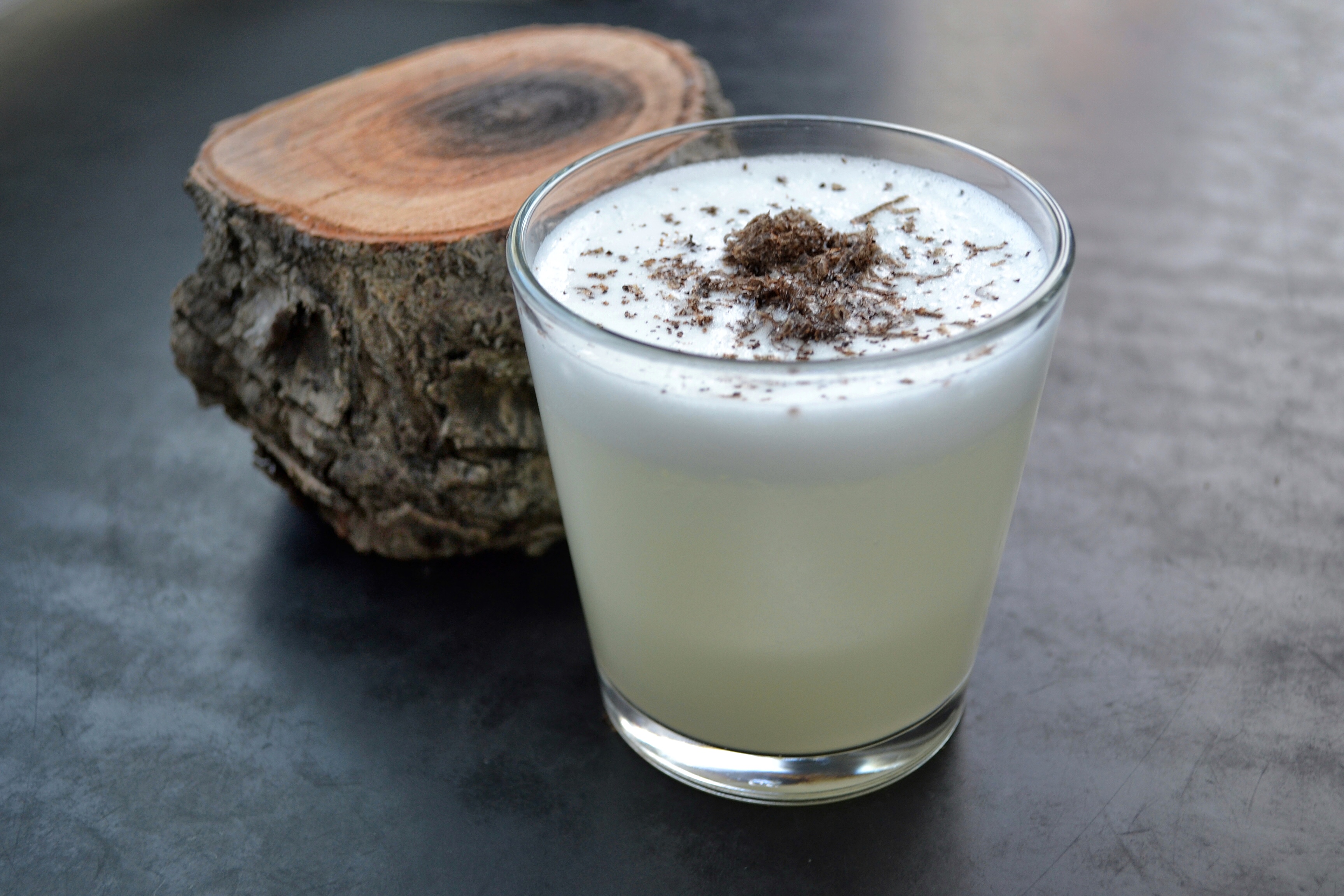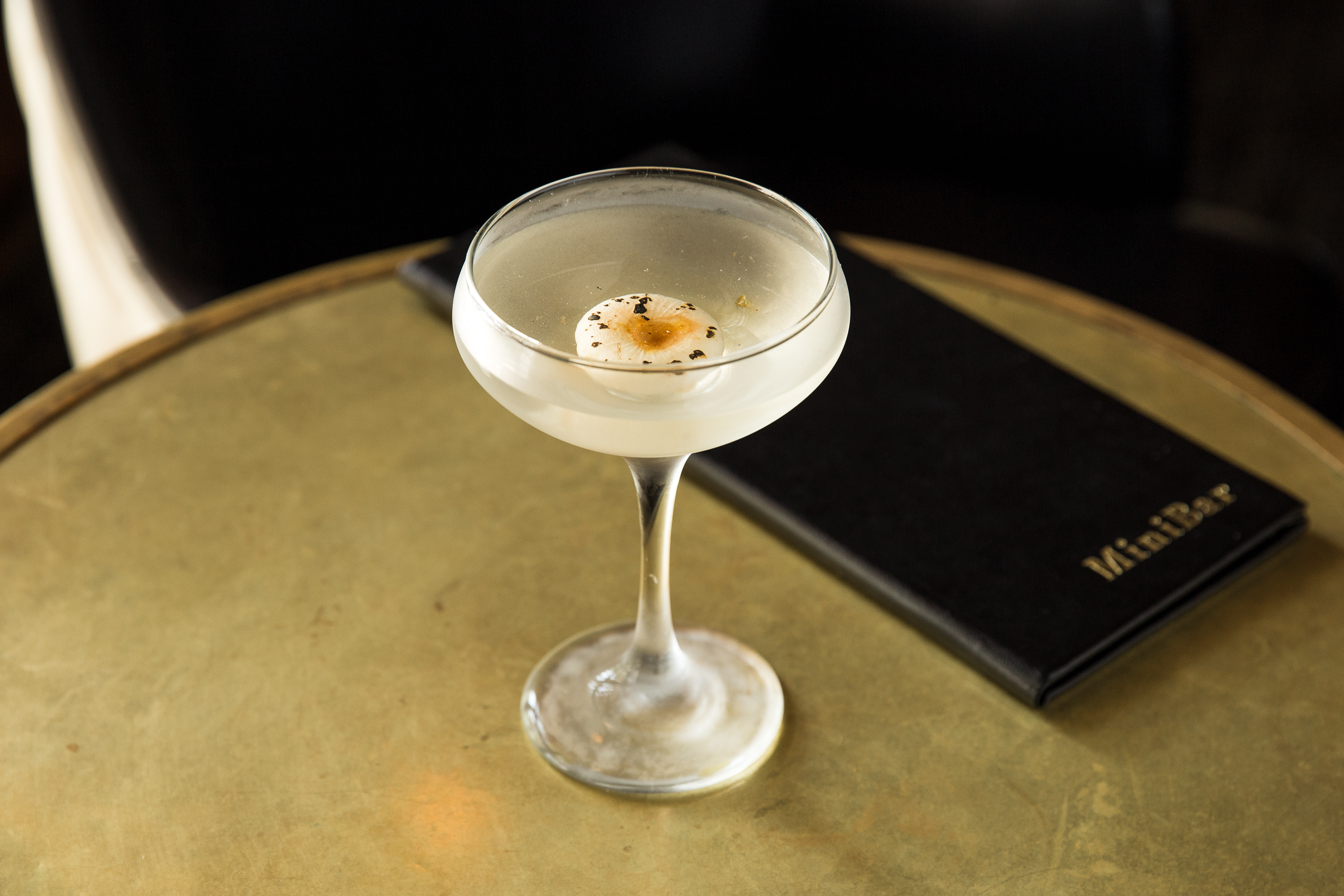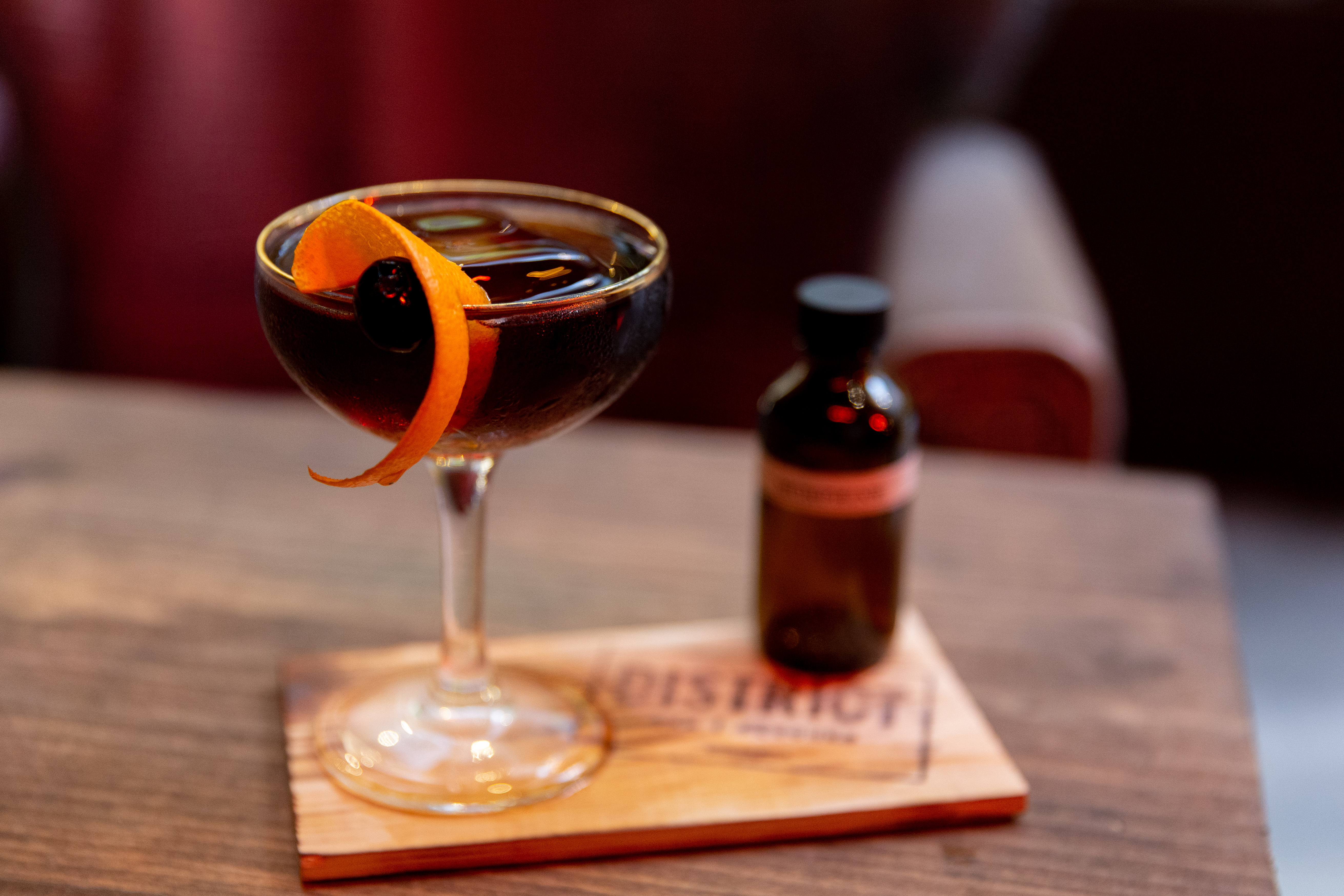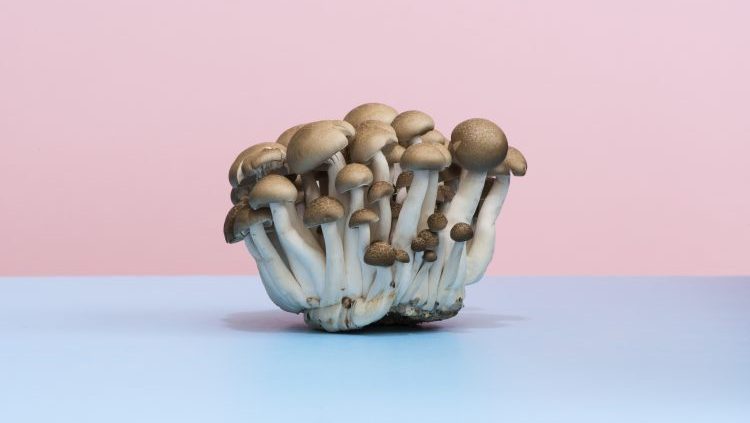Photo: Matthew Roharik (Getty Images)
Like a lot of foods, mushrooms are really divisive. Either you love them, or you absolutely hate them. Just like cilantro, or blue cheese, there doesn’t seem to be any in between. Most people who enjoy mushrooms eat them in soups, salads, and various savory dishes. But, did you know that some bartenders are actually using the fungus as a cocktail ingredient?
“Mushrooms are a great ‘spice’ that bring to life the subtle nuances of the spirit or cocktail,” says Steve Nydell, director of restaurants and bars at District in Los Angeles. “They add a hard-to-identify warmth that awakens hidden flavors, especially in barrel aged and bitter spirits.”
The death of the 15-minute cocktail: How Bartenders Are Making World-Class Cocktails In Seconds
Whiskey business: The Best Irish Whiskeys To Booze Your Way Through St. Patrick’s Day
Follow Mandatory on Facebook, Twitter, and Instagram.
Muschroom cocktails
-
The 'Shroom Spectrum

Obviously, mushroom-centric cocktails aren’t for everyone. “You wouldn't believe how many times a drink gets sent back because a guest doesn’t like one of the ingredients, even though it’s boldly listed in the descriptions,” says Jeremy Allen, general manager of MiniBar in Hollywood, California. "If you don’t like mushrooms, maybe we find something to better suit your tastes." Like all foods, they do come in different degrees of flavor from mild and light, to earthy and mellow, to sweet, and finally intense “shroominess.”
It would be very difficult to make the base of the drink a mushroom. Instead, the mushroom plays a role in flavor pairing. “As the flavor can be quite pungent, we infuse a base and then blend it with fresh product to achieve the desired impact on the drink,” says Logan Demmy, bar manager at Citizen’s Trust in Columbus, Ohio.
Photo: Roulier/Turiot (Getty Images)
-
Mushroom Emerge As A Trending Ingredient

Pickled mushrooms have been around as a drink garnish as long as spicy green beans, but they kind of disappeared for a while, as cycles tend to go. “The first place saw it was at W.A. Frost in Minneapolis in the '90s, and you can also find (not great) versions next to the olives and giardiniera in the grocery store, so that means they’ve been around a while,” says Allen. “Mushroom cocktails, beyond mushroom garnishes, started to appear 15 years ago in restaurants, around the time the term 'mixologist' (or even worse, 'cocktailian') appeared.”
Many of the early mushroom cocktails were gimmicky; a few were delicious. Sometime between then and now, bartenders (hopefully) found the balance, both unique and practical.
“Bartenders have always been stealing interesting ingredients from chef’s kitchens and experimenting with them,” says Nydell. “Usually through a lot of trial and error, but savory and healthier ingredients are definitely here to stay.”
Photo: Cavan Images (Getty Images)
-
There's More Than One Way To 'Shroom

Mushrooms can be used in a variety of ways. “We see them lightly pickled or roasted as garnishes, powdered as a rim, and infused into liquid as an ingredient,” says Allen. Truffle oil pops up with some frequency, and it's easy to find a variety of mushroom bitters, which are a great starting point for those unsure about strong flavors. “A lot of places use mushroom broth as a cocktail ingredient, but it's easy for that version to be too mushroomy,” he says. “I like to leave the cooking to actual chefs and stick to mixing stuff.”
Other bartenders use dried mushrooms that have been rinsed. “They provide the intensity of flavor we are looking for as well as the consistency,” says Demmy.
Nydell uses mushrooms for their Morphine cocktail. “We infuse Applejack with a mix of oyster, porcini, and morel mushrooms, which add a briny, earthy and nutty flavor.”
Photo: Aliyev Alexei Sergeevich (Getty Images)
-
'Shroom Flavors

Nydell likes to think of mushrooms as an invisible flavor that brightens the existing flavors of what it’s added to. “For example, adding the right mushroom to a bourbon would wake up the smoke or roasted vanilla notes.”
For other bartenders, it’s another approach to get somewhere specific, or another direction to take something, instead of just a novelty because you can. “I think of it as a detail that helps tell the story with a little more nuance and detail,” says Allen. "Another tool in the toolbox, as they say." Think of the difference between the 8-pack of crayons and the box of 64. “You can convey the big picture using one color, but it’s nice to do some shading and detail.”
Demmy thinks the fungus brings a more unique flavor, one not usually associated with cocktails. “Beyond umami, chanterelles offer a slight pepper and the wood ear brings a little bit of a green grassy flavor.”
Photo: Olivia Steinberg (Getty Images)
-
Mushroom Pairings

Mushrooms work well with dark fruit flavors as well as light spice. “Fungi have an incredibly diverse spectrum of flavors that I think it could be equated to asking what orchard fruit pairs well with,” says Demmy. “There are so many different opportunities to find flavor pairings that it’s more about finding the mushroom that pairs well for the application.”
Allen thinks of things like bread and pasta, French food with lots of butter, basil and mint, even a drop of balsamic or soy. “Anything you would serve with cheese, you can gently add subtle mushroom to.”
Photo: Rita Maas (Getty Images)
-
How To Pick The Right Spirits

It’s important to choose spirits that work in unison with the mushroom’s natural flavor. “Vodka is nice if you can appreciate subtlety and want to focus on the mushroom,” says Allen. "Whisky is nice if you want to accentuate the spirit and are just using the mushroom as a highlight (or filter). That said, we use the pickled mushroom in a gin drink, and then we add vermouth to the leftover brine for a mushroom vermouth in a vodka drink. It's an earthy, mellow martini, more savory than salty and not as dirty as people expect.”
Demmy enjoys fruit and wine-based distillates with mushrooms. “The nutty cognacs seem to come alive with mushroom infusion along with piscos and grappa.”
Photo: Olivia Steinberg (Getty Images)
-
Keep An Open Mind

When messing around with "weird" ingredients, it really pays to be honest with yourself and let your mouth do the tasting, not your mind. “No matter how much you want it to taste good, it doesn't always work on the first try,” says Allen. You have to be your hardest critic. “Even if you think it's a great idea, if it doesn't taste good, it's not a good drink.” It’s important to have an educated palate. “Somewhere along the line, bartending became ‘cool,’ and a lot of people got into it without having the fundamentals of a cooking or serving background,” he says. “I don't think there's enough bartenders that actually know what tastes good, and no number of tattoos can change that.”
Most importantly, “try not think of it as a mushroom drink,” says Demmy. “Instead, think of it as an elegant touch of earth, wood and/or brine that will brighten the notes of your cocktail.”
Photo: Olivia Steinberg (Getty Images)







